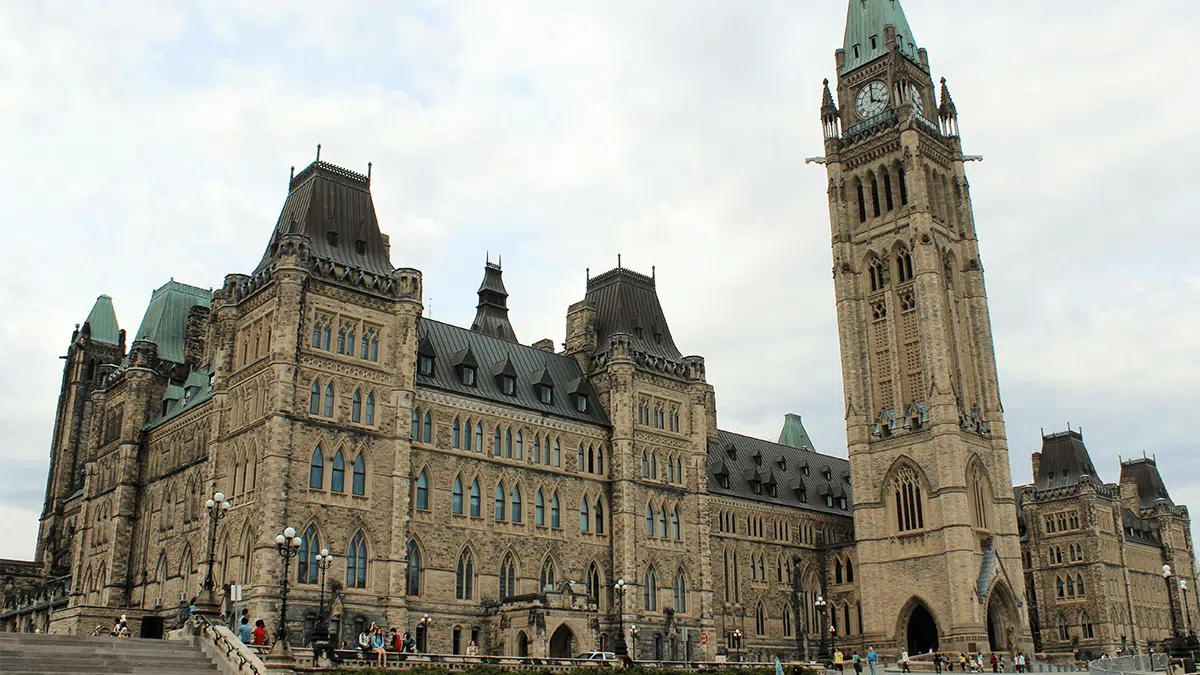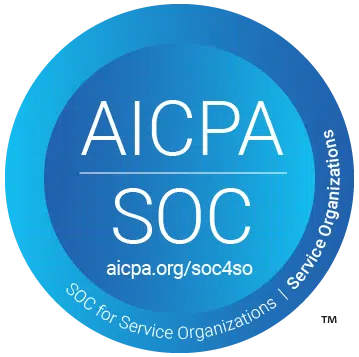
Public policy decisions carry high stakes: shaping lives, influencing economies, and determining the trajectory of entire communities. Evaluation frameworks are often positioned as the compass for navigating these decisions. But too often, they are imported wholesale from academic models or consultancy templates, without adapting to the complex realities of government programs.
The result? Data-heavy reports that answer the wrong questions, overlook political constraints, or arrive too late to be useful.
A fit-for-purpose evaluation framework needs to do more than tick methodological boxes. It must reflect the program's political context, resource constraints, and decision timelines, while still holding up to scrutiny from stakeholders, auditors, and the public. Getting there means rethinking how frameworks are designed, implemented, and used.
Grounding Evaluation in the Policy Context
A strong evaluation framework begins by recognizing that public policy is not a laboratory experiment. Objectives shift, political priorities evolve, and real-world conditions are rarely stable. This is especially true in multi-year initiatives where leadership changes, budgets tighten, or external events, such as pandemics or natural disasters, shift priorities overnight.
In this environment, evaluation cannot be an abstract exercise. It must answer questions that matter to decision-makers and citizens alike. That means:
- Understanding stakeholder needs: Ministers may want headline impact figures, while program managers need operational insights.
- Mapping decision timelines: Delivering findings too late, after budgets or legislation are set, makes them irrelevant.
- Identifying constraints: Evaluation plans must fit within available resources, staffing, and political appetite for certain findings.
When these realities are acknowledged upfront, evaluation frameworks stop being compliance exercises and start becoming genuine decision-support tools.
Principles for Building a Fit-for-Purpose Framework
Creating an evaluation framework that actually works in a public policy setting means balancing methodological rigor with operational feasibility. The following principles can help strike that balance.
1. Align with Policy Goals and Theory of Change
If an evaluation is not anchored in the policy's underlying logic, it risks measuring activity rather than impact. Mapping out a clear theory of change — linking inputs, activities, outputs, and intended outcomes — keeps the evaluation focused on the right questions.
2. Balance Rigor and Practicality
Randomized control trials or multi-year longitudinal studies may be the "gold standard," but they are not always feasible. Pragmatic designs, like quasi-experimental methods or mixed-methods approaches, can deliver credible insights within time and budget constraints.
3. Embed Stakeholder Inclusion
From community organizations to frontline staff, those directly affected by the policy have insights that cannot be captured in metrics alone. Their involvement in indicator selection, data interpretation, and recommendations builds legitimacy and ensures the evaluation reflects real experiences.
4. Integrate Equity and Ethical Considerations
Public policies often have uneven impacts across demographic groups. Disaggregating data by gender, ethnicity, geography, or income can reveal patterns that would otherwise remain hidden. Ethical safeguards, especially for vulnerable populations, must be built in from the start.
How to Design a Public Policy Evaluation Framework Step by Step
While every evaluation framework should be tailored to its context, a structured design process ensures no critical elements are overlooked.
Step 1: Define the Purpose and Primary Users
Is the evaluation meant to improve the program, justify its continuation, or meet accountability requirements? A framework designed for learning will look very different from one focused on compliance reporting. Knowing the primary audience shapes every design choice.
Step 2: Prioritise Evaluation Questions
In the public sector, there is rarely time or budget to answer every question. Selecting a small number of high-priority evaluation questions ensures the framework delivers depth rather than shallow coverage of too many topics.
Step 3: Select Indicators and Data Sources
Indicators should be both meaningful and measurable. Where possible, leverage existing administrative data to reduce collection costs, supplementing with targeted surveys, interviews, or case studies for deeper insights.
Step 4: Choose Methods That Fit the Context
Rather than defaulting to a single "preferred" methodology, choose designs that fit the program's maturity, data availability, and decision timelines. This could mean combining rapid feedback loops with more detailed periodic assessments.
Step 5: Build for Timeliness and Use
Policymakers often need interim findings to inform annual budgets or legislative updates. Structuring the framework to deliver short, timely briefs, rather than a single end-of-project report, makes the evaluation more actionable.
Implementation and Continuous Learning
Even the best-designed framework can fail if it is not implemented with attention to learning and adaptability.
Pilot and Adjust
A small-scale pilot phase can reveal flaws in data collection tools, indicator definitions, or reporting formats. These issues can be addressed early, avoiding costly mid-project changes.
Invest in Capacity
Evaluation is a team sport. Training internal staff on data collection, interpretation, and reporting ensures the framework can be sustained without over-reliance on external consultants.
Create Feedback Loops
Regular review sessions, bringing together program staff, evaluators, and stakeholders, keep the evaluation aligned with changing realities. These meetings can identify emerging issues, shift focus areas, or refine indicators.
Integrate Findings into Decision-Making
Evaluation only matters if it influences policy choices. Embedding findings into budget briefings, cabinet submissions, and public communications increases their reach and impact.
Overcoming Common Challenges
Evaluation in the public sector faces predictable challenges, from data quality issues to political sensitivities. Addressing them proactively keeps frameworks credible and useful.
1. Data Gaps and Quality Issues
Many government programs lack robust baseline data. Where possible, evaluation should include early-stage data collection to build a foundation for later analysis.
2. Political Sensitivity
Negative findings can trigger defensiveness or resistance. Building trust through transparency, clear communication, and stakeholder involvement can reduce this risk.
3. Resource Constraints
Limited budgets and staffing can lead to overly narrow or superficial evaluations. Focusing on fewer, high-priority questions maximises impact within constraints.
The Impact of a Well-Designed Evaluation Framework
When tailored to real public policy needs, evaluation frameworks do more than measure results — they shape better outcomes. They help policymakers:
- See beyond headline numbers to understand why programs succeed or fail.
- Allocate resources where they will make the most difference.
- Build public trust through transparency and accountability.
- Adapt programs in real time, rather than waiting years for feedback.
The ripple effects can be significant: programs that continuously improve, communities that see tangible benefits, and governments that can defend their policies with credible evidence.
Building for Relevance, Not Just Compliance
Too often, evaluation is treated as a postscript to policy — a report filed and forgotten once the funding cycle ends. But when designed with relevance in mind, an evaluation framework becomes a living tool, evolving alongside the policy it serves.
For governments facing complex challenges — from climate adaptation to housing affordability — this shift is critical. Real-time, context-sensitive evaluation is no longer a luxury; it is an essential part of responsive, responsible governance.
The call to action is clear: stop importing one-size-fits-all frameworks and start building evaluations that speak directly to your policy's goals, realities, and communities. Done right, they can transform public policy from a static plan into an adaptive, evidence-driven engine for change.





